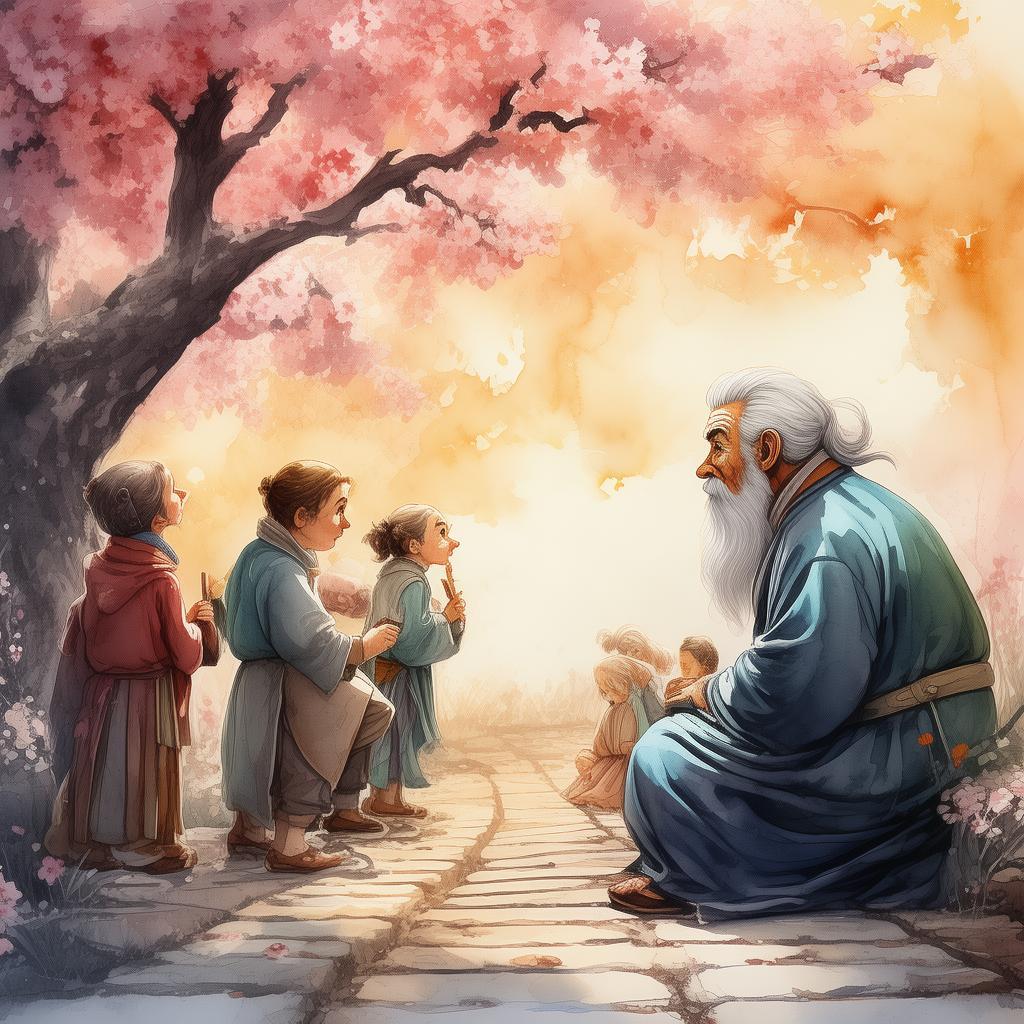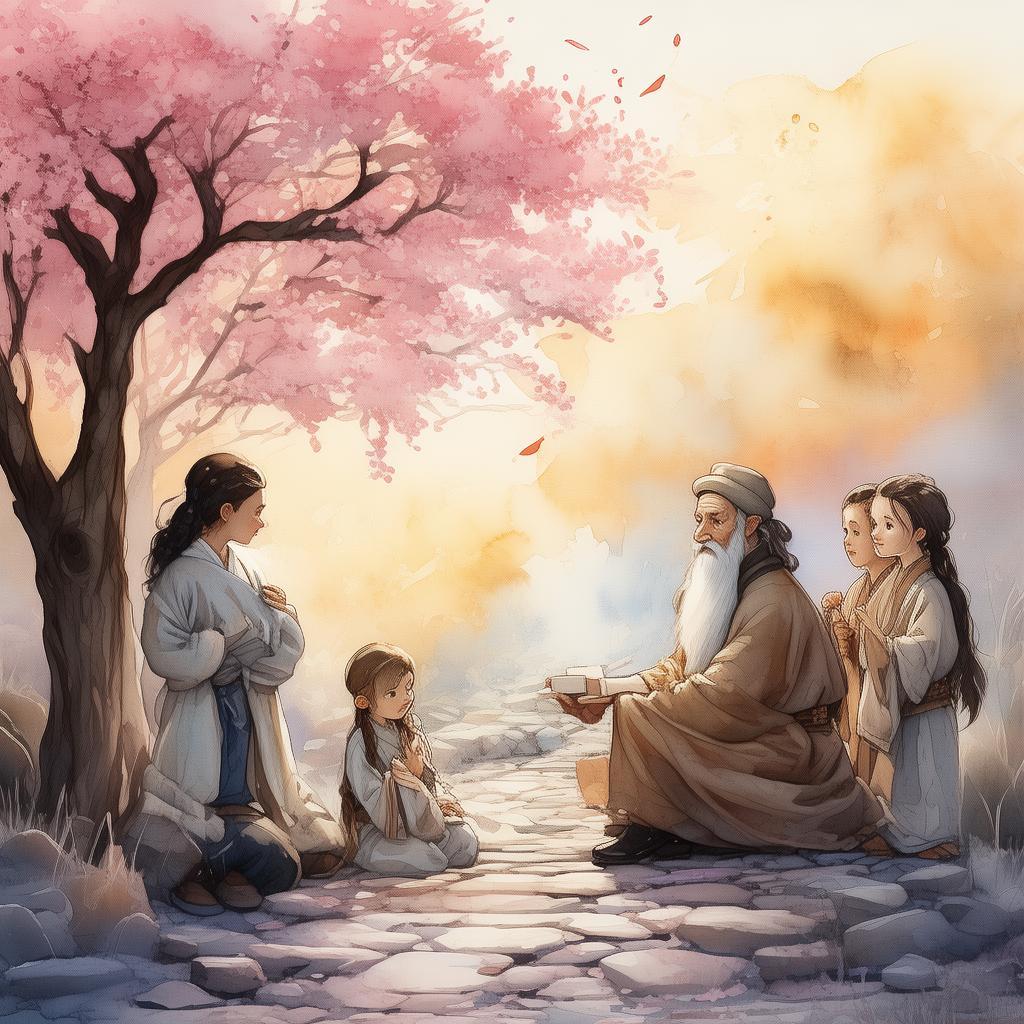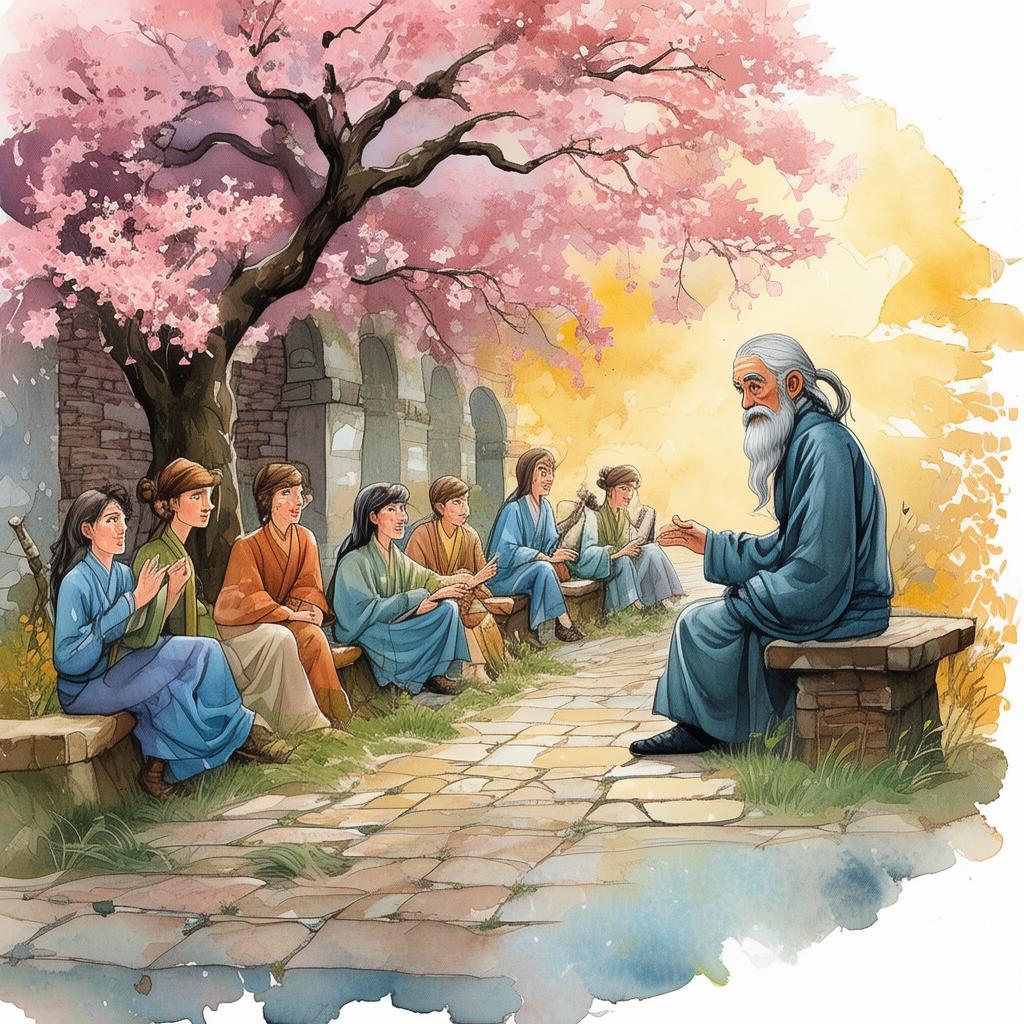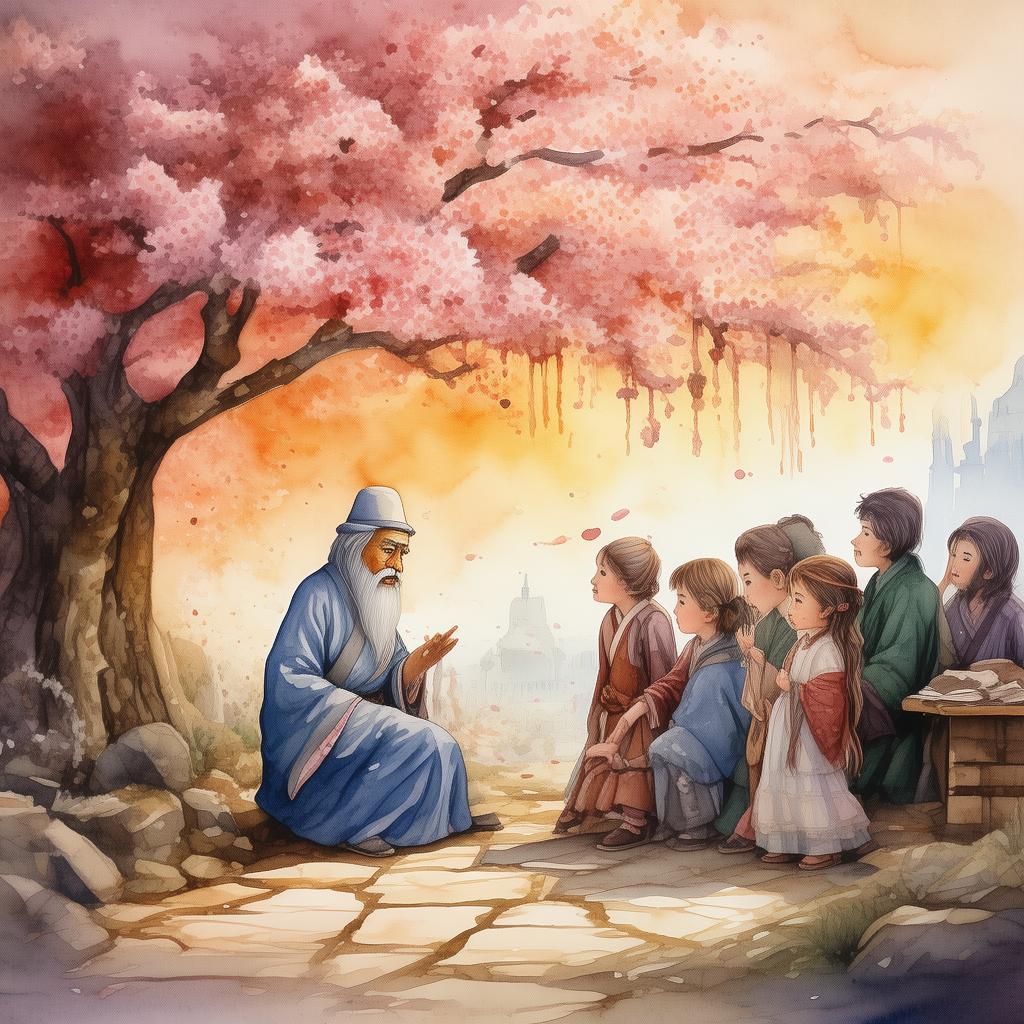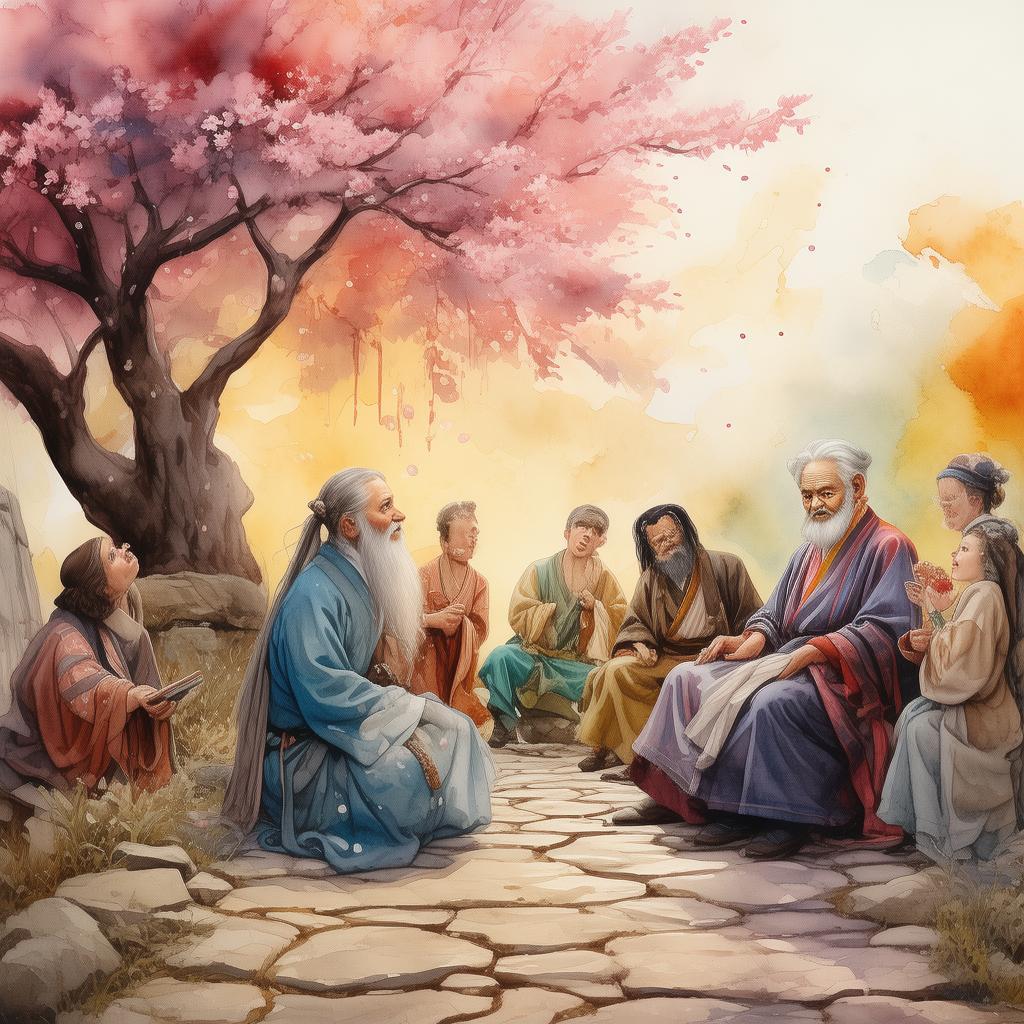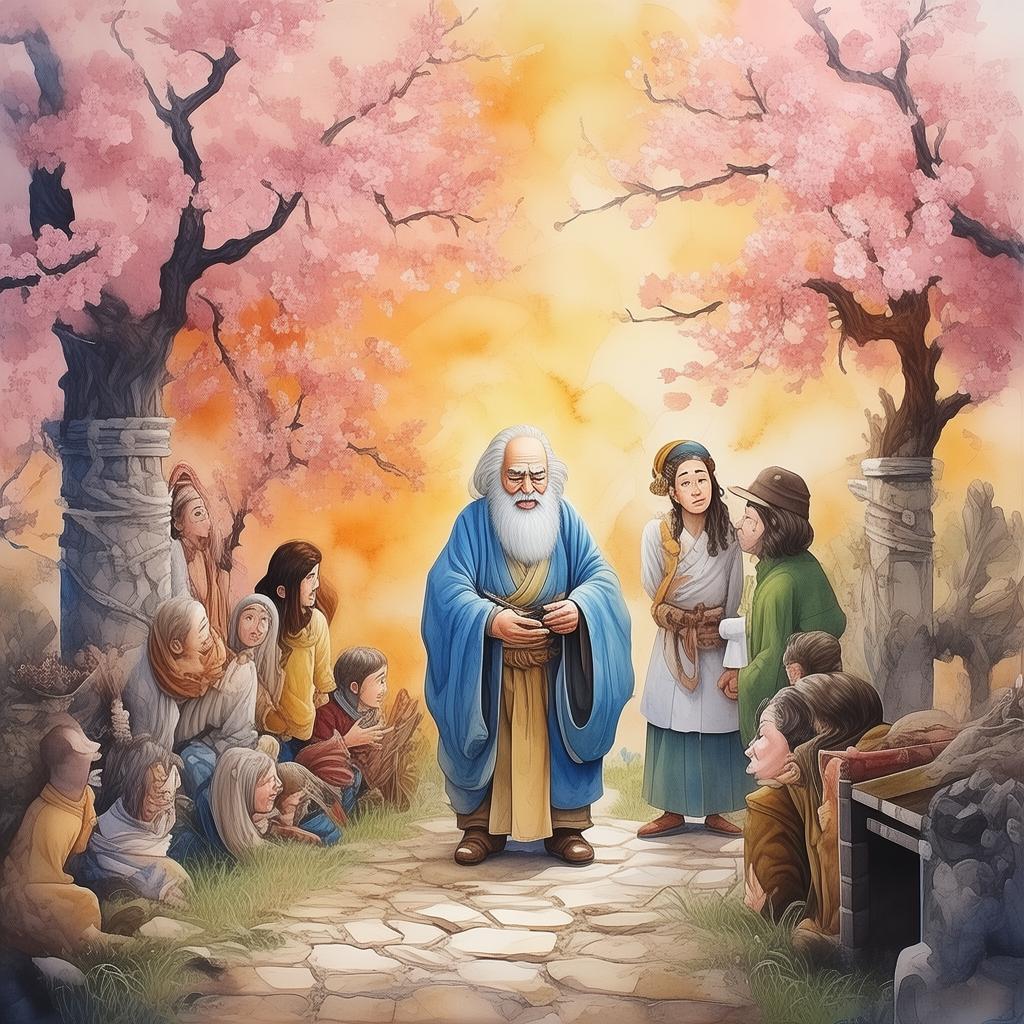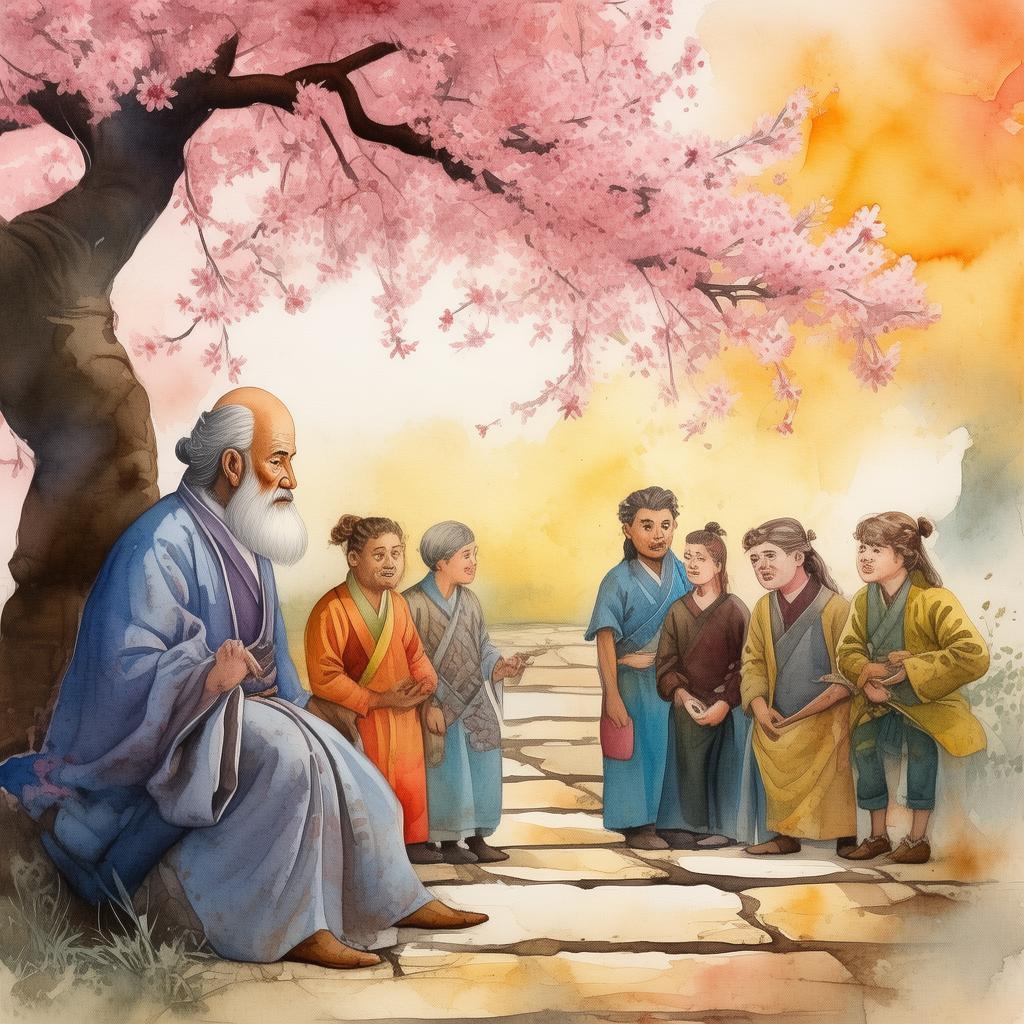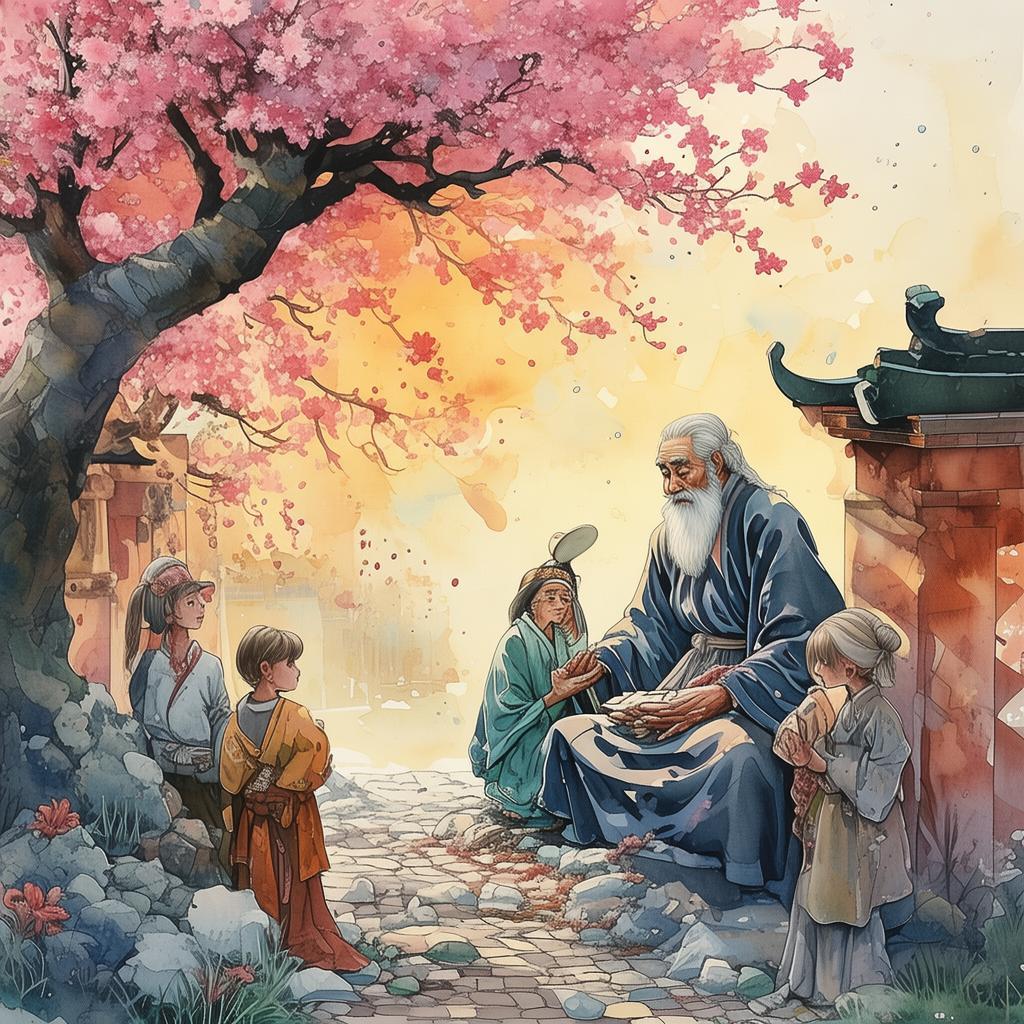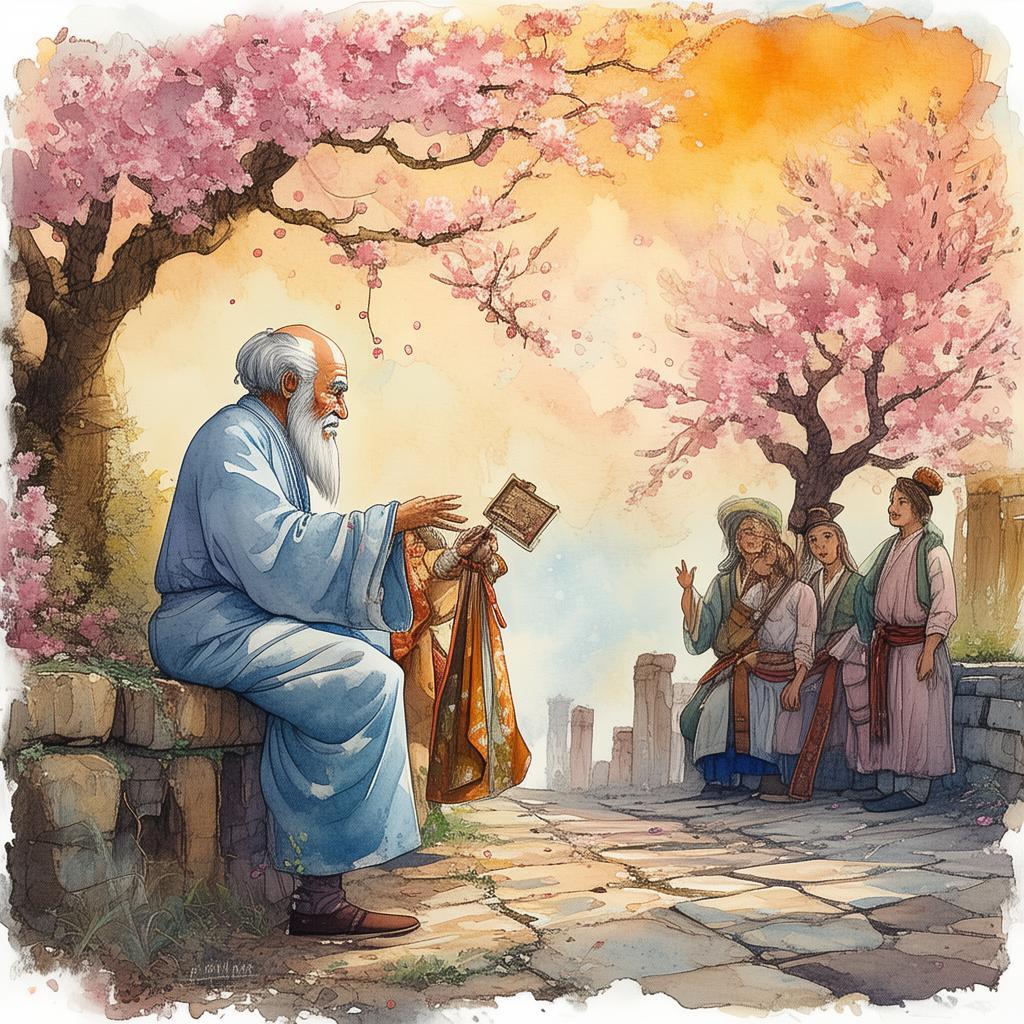Whispers of the Forbidden City: The Echoes of the Emperor's Curse
In the heart of Beijing, where ancient brick meets the modern skyline, lies the Forbidden City, a silent sentinel of imperial grandeur and intrigue. The city's walls are a testament to the might of dynasties past, yet beneath its marble facades and intricate carvings, whispers of a sinister legacy have been echoing for centuries. This tale weaves through the ages, from the emerald halls of the palace to the shadowed alleys of the modern metropolis, unraveling the story of the Emperor's Curse.
The year was 1644. The Ming Dynasty, a beacon of China's ancient civilization, was on its deathbed. In the midst of civil war, a young and ambitious Manchu warrior named Nurhaci rose to power. He and his army were poised to seize control of the mighty capital. Amidst the chaos, an ancient scroll was hidden away in the depths of the Forbidden City, its contents a secret too dangerous to be allowed to fall into the wrong hands.
The scroll contained a curse, one that was said to bind the spirits of the Ming emperors to the very walls of the city. It was a curse of eternal solitude, a promise that no Ming successor would ever sit on the throne after the fall of the dynasty. As Nurhaci's troops swept through the palace, they discovered the scroll, and its ominous promise. Without hesitation, they destroyed it, believing it to be a relic of a dying age.

The curse, however, was not so easily dismissed. Its dark influence began to manifest, first as eerie whispers and ghostly apparitions in the empty halls. The city itself seemed to breathe with malice, the air thick with an otherworldly presence. The people spoke in hushed tones of the cursed emperors, their spirits trapped within the stone and wood, unable to rest in peace.
Centuries passed, and the Forbidden City became a ghostly relic, its inhabitants long since scattered to the winds of change. The city's legacy was shrouded in mystery and superstition. Tourists from all over the world visited its hallowed halls, but few understood the true story that lay within.
In the late 20th century, a young historian named Li Wei discovered an old, leather-bound journal hidden in a forgotten archive. The journal belonged to an early 20th-century researcher named Tang Yuan, who had been obsessed with the Emperor's Curse. As Li delved deeper into Tang's notes, she realized that the curse was more than mere legend—it was a living entity, an ancient spirit that sought to fulfill its promise.
Li's journey took her to the forbidden corners of the city, where she encountered strange phenomena that could only be attributed to the curse. She spoke with an elderly street vendor who claimed to have seen the ghost of an emperor wandering the streets. She visited a small, out-of-the-way temple that had been established by a group of superstitious believers, who sought to appease the spirits of the emperors.
The most significant clue came from an old, decrepit building on the outskirts of the city. This was where Tang Yuan had once lived, a place that seemed to pulse with an unsettling energy. Li found herself drawn to the building, its dark history a siren call to the truth she sought.
Inside the building, Li discovered a hidden room, its walls lined with ancient artifacts and scrolls. The most significant discovery was a fragment of the original scroll, which bore the signature of the last Ming emperor. It was then that Li understood the true nature of the curse—the spirit of the emperor was not trapped in the city itself, but rather within the scroll.
The scroll was a powerful talisman, and the emperor's spirit had been bound to it, its essence trapped within the paper and ink. To break the curse, Li realized that the scroll had to be destroyed. But with every stroke of her quill, the spirit grew stronger, demanding a sacrifice in return for its freedom.
In a final act of defiance against the curse, Li Wei burned the scroll. The flames roared, and the spirit of the emperor, with it. The city, which had seemed to breathe with malice, fell into silence. The curse was broken, but not without cost. The spirit of the last Ming emperor was no longer trapped, and the consequences of its release were uncertain.
Li Wei stood amidst the ruins of the ancient building, looking out over the city that had been home to so much pain and tragedy. The Forbidden City was still, its secrets long since revealed. The curse was over, but the legacy of the Emperor's Curse would forever be etched into the history of China, a haunting reminder of the power of ancient beliefs and the indelible mark left by those who came before.
✨ Original Statement ✨
All articles published on this website (including but not limited to text, images, videos, and other content) are original or authorized for reposting and are protected by relevant laws. Without the explicit written permission of this website, no individual or organization may copy, modify, repost, or use the content for commercial purposes.
If you need to quote or cooperate, please contact this site for authorization. We reserve the right to pursue legal responsibility for any unauthorized use.
Hereby declared.

